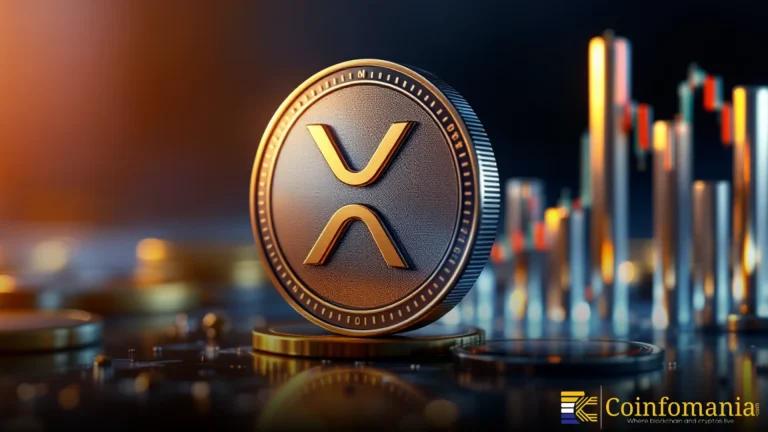AptosLaunch introduces dual token system across Aptos and Solana
AptosLaunch reveals $ALT and $ALTB tokens across Aptos and Solana, forming a dual-token system aimed at cross-chain liquidity and synchronized market behavior. Product launch expected soon.

Quick Take
Summary is AI generated, newsroom reviewed.
AptosLaunch unveils dual-token system across Aptos ($ALT) and Solana ($ALTB), designed to work in sync.
Both tokens feature coordinated burn and buyback mechanisms to manage supply and value.
"SALT" is introduced as the system's fuel, though its exact role remains unclear.
First product drop hinted to be imminent, but full tokenomics and utility details are yet to be released.
AptosLaunch has announced a new dual-token system that will operate across two major blockchains: Aptos and Solana. The tokens—$ALT and $ALTB—are built to work together, not separately. According to the team, this model is designed to “feed each other” by supporting shared tokenomics and cross-chain liquidity flows.
The update marks a significant development in the project’s roadmap. While $ALT is launched on Aptos, $ALTB lives on Solana. Together, they form what AptosLaunch calls the “Internet of Capital.” This strategic positioning reflects the increasing demand for composability between Layer 1 ecosystems, where liquidity often moves faster than infrastructure can support it.
How the Dual-Token System Works
Both $ALT and $ALTB are said to include burn and buyback mechanisms. These are common in crypto projects to control token supply and reduce inflation over time. However, what makes this launch different is how both tokens are tied together.
$ALT appears to act as the base layer of the system—possibly used within the platform—while $ALTB is said to “signal the market.” This could mean $ALTB is more exposed to trading or liquidity movements, while $ALT handles operational value.
Another keyword introduced is SALT, which is described as the fuel for the system. It’s unclear whether SALT is an actual token, a utility layer, or a conceptual part of the design. The project has not yet provided a whitepaper or detailed breakdown of the mechanics. Early community discussions suggest SALT may represent a staking or liquidity routing function, though this remains unconfirmed.
Focus on Cross-Chain Liquidity
This two-token launch strategy suggests an attempt to bridge two high-speed ecosystems: Aptos and Solana. By launching on both chains, AptosLaunch may be seeking to tap into wider liquidity pools while offering users flexible participation.
Cross-chain liquidity is becoming more common in DeFi, but linking two native tokens is still relatively rare. This strategy could either boost engagement or create confusion if not implemented clearly.
Some analysts warn that maintaining economic balance between two tokens can be complex. If one token’s demand outpaces the other, the system could lose internal stability. Much will depend on how well the platform explains each token’s role.
Product Launch Coming Soon
AptosLaunch hinted at an upcoming product drop but did not include a specific date. The announcement encouraged users to “stay positioned,” suggesting the launch may happen within weeks.
Until then, traders and developers are watching closely. Will the dual-token structure attract more liquidity? Or will it complicate onboarding for new users? These are questions that only time—and the product release—can answer.
Conclusion
AptosLaunch’s decision to build a two-token model on Aptos and Solana is a bold experiment. If it works, it could set a new standard for cross-chain token strategies. But for now, with limited public details, users must wait for the first product drop to see if the vision matches reality.
References
Follow us on Google News
Get the latest crypto insights and updates.
Related Posts

Charles Hoskinson Praises Bitcoin and Cardano While Criticizing Ethereum’s Design
Triparna Baishnab
Author

XRP Holders Capitulate in Q4 as Realized Losses Spike Sharply
Triparna Baishnab
Author

Matador Secures Regulatory Approval to Fund Major Bitcoin Expansion
Vandit Grover
Author